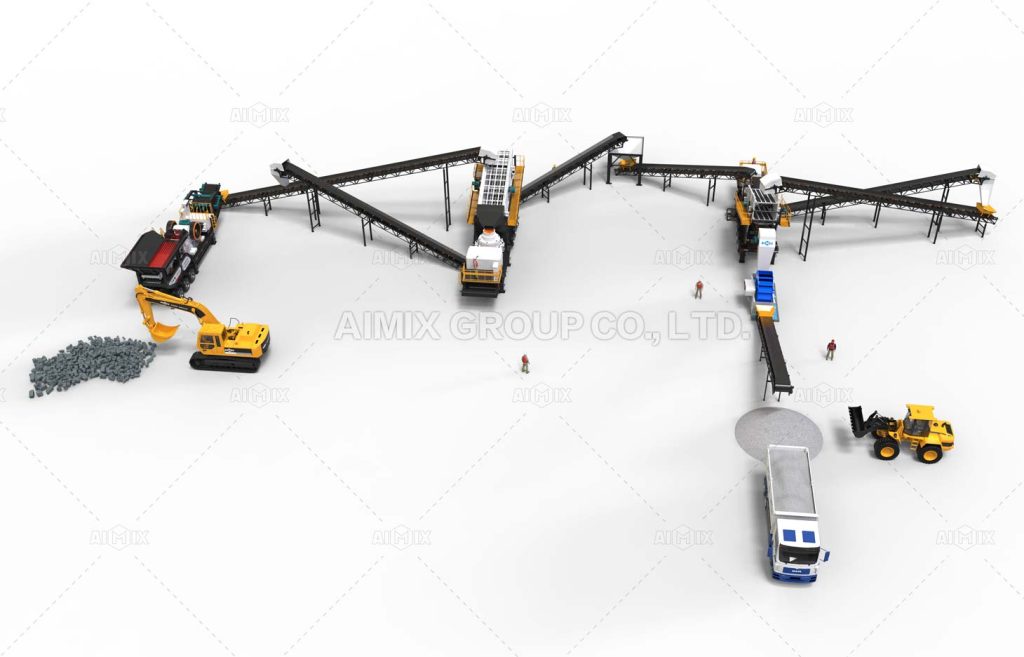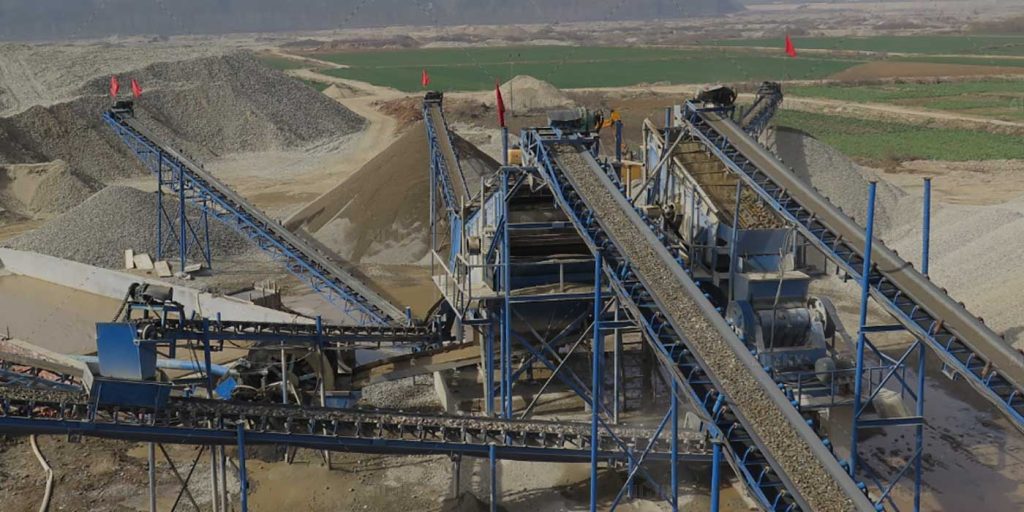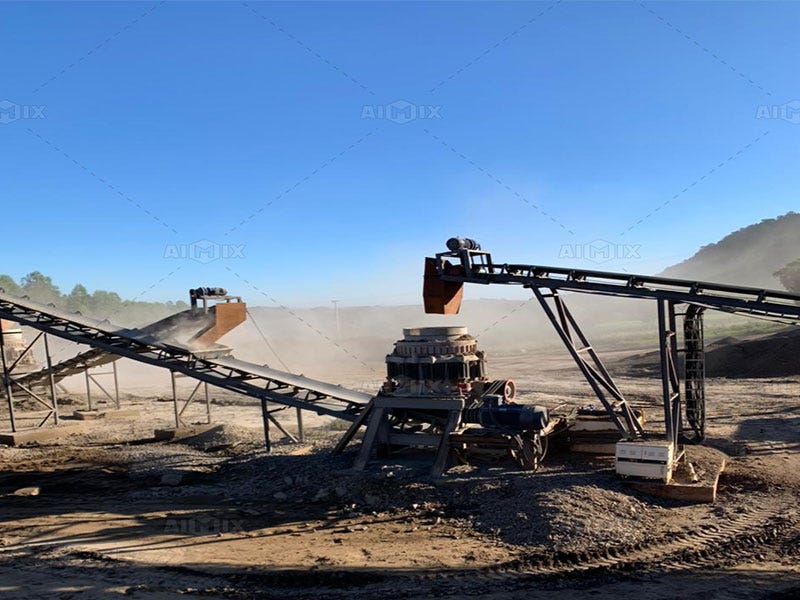Setting up a stone crusher plant is a substantial financial undertaking that necessitates careful planning and thorough understanding of the associated costs. From the initial capital investment to ongoing operational expenses, each aspect plays a pivotal role in determining the overall financial viability of the project. By dissecting these costs, potential investors can make informed decisions and develop a robust financial strategy.

Initial Investment Costs
Machinery and Equipment
One of the most significant components of the initial investment is the cost of machinery and equipment. High-quality stone crushing machines, including jaw crushers, cone crushers, and impact crushers, are essential for the efficient operation of the plant. These machines must be durable and reliable, as they will be subjected to intense mechanical stress and continuous use. Additionally, auxiliary equipment such as conveyors, vibrating screens, and feeders are crucial for the seamless operation of the plant. The cost of acquiring these machines can be substantial, but investing in high-quality equipment can result in long-term savings by reducing maintenance and downtime.
Site Preparation and Infrastructure
Site preparation and infrastructure development are critical steps in setting up a stone crusher plant. This includes land acquisition, clearing, leveling, and constructing necessary infrastructure such as roads, drainage systems, and electrical installations. Proper site preparation ensures that the plant operates efficiently and complies with environmental regulations. Infrastructure development also involves constructing facilities for storage, maintenance, and administration. The initial stone crusher plant setup cost can vary significantly based on the location and scale of the project.

Operational Costs
Labor and Staffing
Labor costs are a major component of the operational expenses of a stone crushing plant. Skilled operators, technicians, and administrative staff are required to ensure smooth and efficient operations. The cost of labor can vary depending on the region and the level of expertise required. Additionally, ongoing training and development programs are necessary to keep the workforce updated with the latest technologies and safety protocols. Investing in a skilled and well-trained workforce can enhance productivity and reduce operational risks.
Maintenance and Repairs
Maintenance and repairs are inevitable in any industrial operation, and stone crushing plants are no exception. Regular maintenance for stone crusher plant is essential to keep the machinery in optimal working condition and prevent unexpected breakdowns. This includes routine inspections, lubrication, replacement of wear parts, and troubleshooting mechanical issues. The cost of maintenance can be significant, but neglecting it can lead to more severe and costly repairs. Establishing a preventive maintenance schedule and keeping detailed records can help manage these costs effectively.

Energy Consumption
Energy consumption is a critical operational cost for stone crushing plants. The machinery and equipment used in the crushing process require substantial power to operate. Implementing energy-efficient technologies and optimizing operational parameters can help reduce energy consumption and lower utility bills. Additionally, exploring alternative energy sources such as solar or wind power can provide long-term savings and contribute to environmental sustainability. Monitoring and managing energy use is essential for controlling operational costs and enhancing the plant’s profitability.
Long-term Financial Considerations
Return on Investment (ROI)
Calculating the return on investment (ROI) is crucial for evaluating the financial viability of the stone crusher plant. This involves comparing the total investment costs with the projected revenue over a specific period. A positive ROI indicates that the crusher plant investment is financially sound and will generate profits. Factors such as initial capital expenditure, operational costs, and revenue projections must be carefully analyzed to determine the payback period and the overall financial feasibility of the investment. A well-executed financial analysis provides a clear picture of the potential returns and aids in strategic decision-making.
Market Demand and Pricing
Understanding market demand and pricing dynamics is essential for long-term financial planning. The demand for crushed stone products is driven by various factors, including construction activities, infrastructure projects, and real estate development. Analyzing market trends, regional construction activities, and government infrastructure initiatives can provide valuable insights into future demand patterns. Setting competitive prices that reflect the quality and consistency of the products can enhance market competitiveness and boost sales. Regular market analysis and pricing adjustments are necessary to stay competitive and maximize revenue.
In conclusion, a comprehensive understanding of the financials involved in setting up a stone crusher plant is essential for making informed investment decisions. By thoroughly analyzing initial investment costs, operational expenses, and long-term financial considerations, investors can develop a robust financial strategy that ensures the profitability and sustainability of the project. If you want to invest a crushing plant to process stone, you can contact AIMIX to estimate the setup cost.